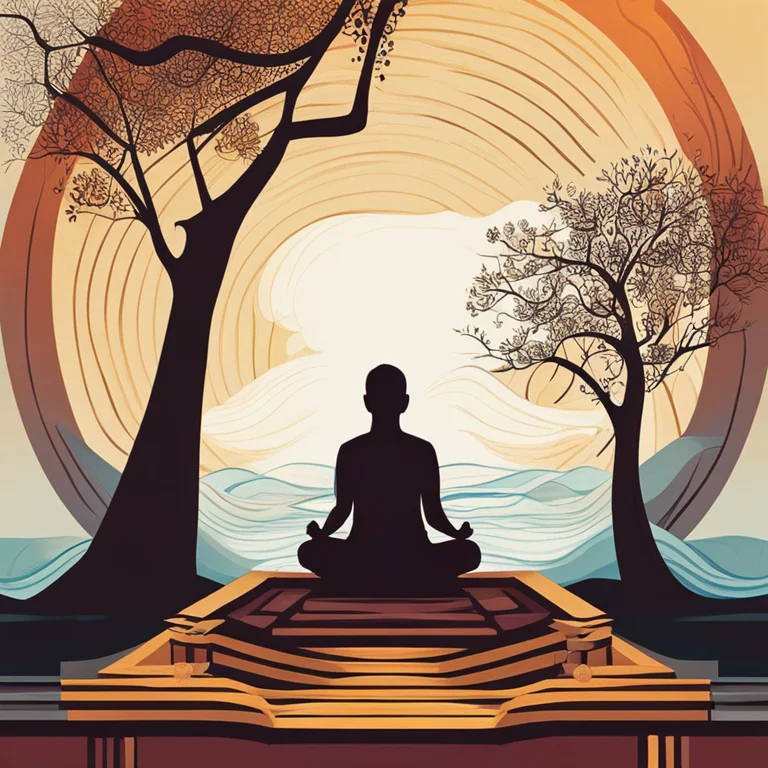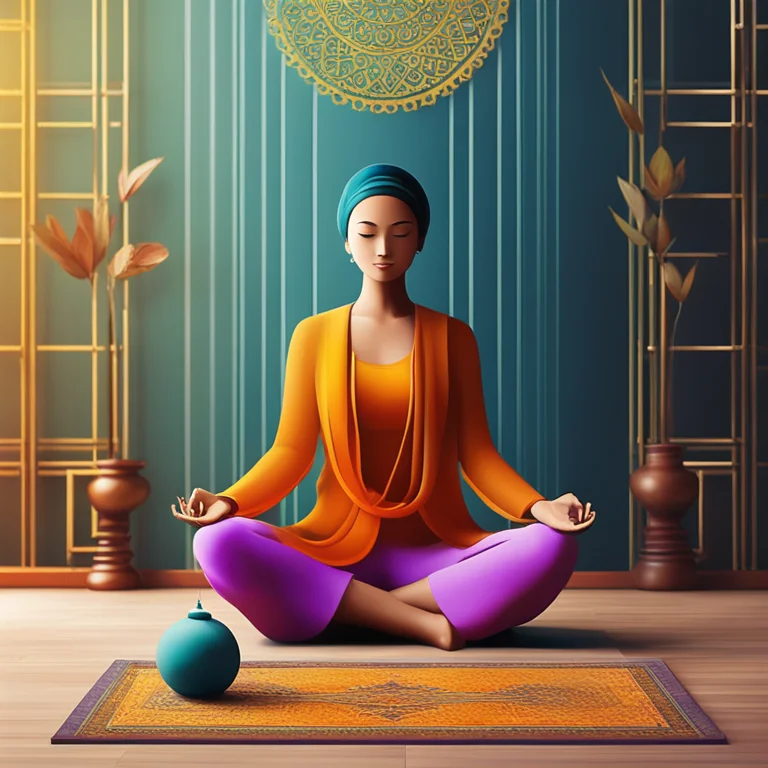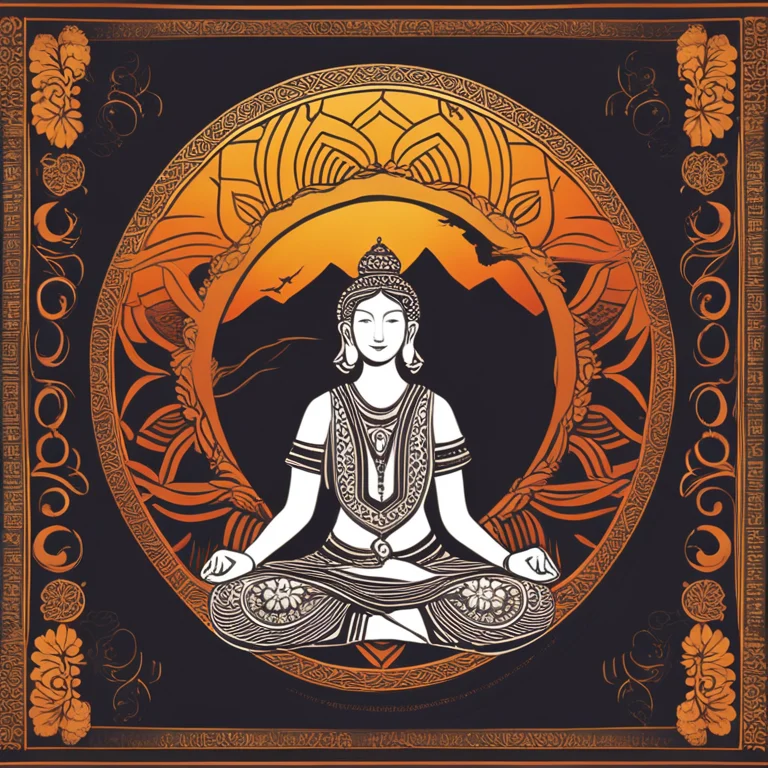
Meditation vs Yoga: Distinct Practices for Mind and Body
Explore the nuanced differences between meditation and yoga, two ancient practices often confused, yet possessing unique benefits for mind and body wellness.
article by Hina Kurosawa
Defining Meditation
Meditation is an ancient practice that involves the use of techniques to focus the mind and achieve a mentally clear and emotionally calm and stable state. Modern adaptations of meditation have seen an integration with psychological frameworks, adding an array of mindfulness-based stress reduction (MBSR) and mindfulness-based cognitive therapy (MBCT) approaches. The practice spans various traditions and can be as simple as focusing on the breath or involve complex visualizations and mantras. Studies demonstrate that meditation can reduce stress, improve concentration, and promote a greater sense of well-being.

Understanding Yoga
Yoga, originating from ancient India, is a physical, mental, and spiritual discipline. It primarily involves breath control, meditation, and the adoption of specific bodily postures called asanas. As of 2024, yoga continues to diversify, with styles ranging from the more traditional Hatha and Vinyasa to the modern variations like power yoga and aerial yoga. While yoga also promotes relaxation and mental well-being, it has a stronger emphasis on physical strength, flexibility, and balance. Its holistic approach is often recommended for physical health maintenance and as a therapeutic intervention.

Comparing Aims and Benefits
Although meditation and yoga can intersect—yoga often includes meditative components, and meditation can be enhanced by physical yoga practices—they are inherently distinct. Meditation is primarily a seated practice focused on the mind, aiming to deepen awareness and understanding of the self and cultivate mental resilience. On the other hand, yoga serves a dual purpose: to harmonize the body with the mind and to develop a balance between strength and flexibility alongside spiritual growth.

Varieties in Practice
With the progressive evolution of these disciplines, accessibility is at an all-time high in 2024. Meditation apps and remote guidance cater to individuals seeking mental clarity. Yoga, too, can be practiced independently with virtual classes or in-person studios. Varieties of meditation include guided, focused, movement, and transcendental styles, while yoga's extensive catalog features Restorative, Bikram, Iyengar, and others, each offering a different experience.

Integrating into Lifestyle
Integrating meditation or yoga into one's lifestyle depends on personal aspirations and lifestyle needs. For those seeking an immediate physical component, yoga might be the go-to, whereas those aiming solely for mental serenity might gravitate towards meditation. However, the beauty of both practices lies in their synergistic potential—when combined, they form a comprehensive regimen that caters to holistic health and wellness.
Modern Interpretations and Trends
The growing spiritual culture has adapted practices like meditation and yoga to fit the contemporary lifestyle. The incorporation of technology, such as virtual reality meditation and AI-powered yoga instructors, continues to push the boundaries of how these ancient practices are experienced. Social movements centered around mental health and body positivity have also influenced the perception and adoption of these practices, making them more inclusive and diverse than ever before.
Published: 1/9/2024
Modified: 1/9/2024
More predictions
Come back here soon to learn more about yourself and your future


The Harmony of Meditation & Sleep
Discover how meditation enhances sleep quality and overall well-being through mindful practices and relaxation techniques.


Retreat into Serenity: A Meditation Haven
Discover the transformative power of a meditation retreat and find tranquility for mind, body, and spirit in our comprehensive guide.


The Harmony of Meditation and Sleep
Discover the synergistic benefits of meditation for enhancing sleep quality and overall well-being in this insightful article.